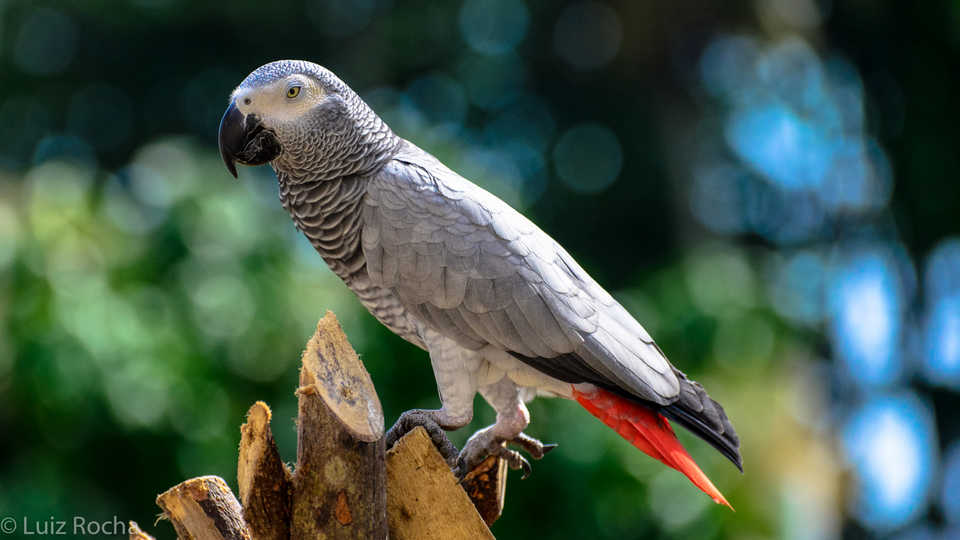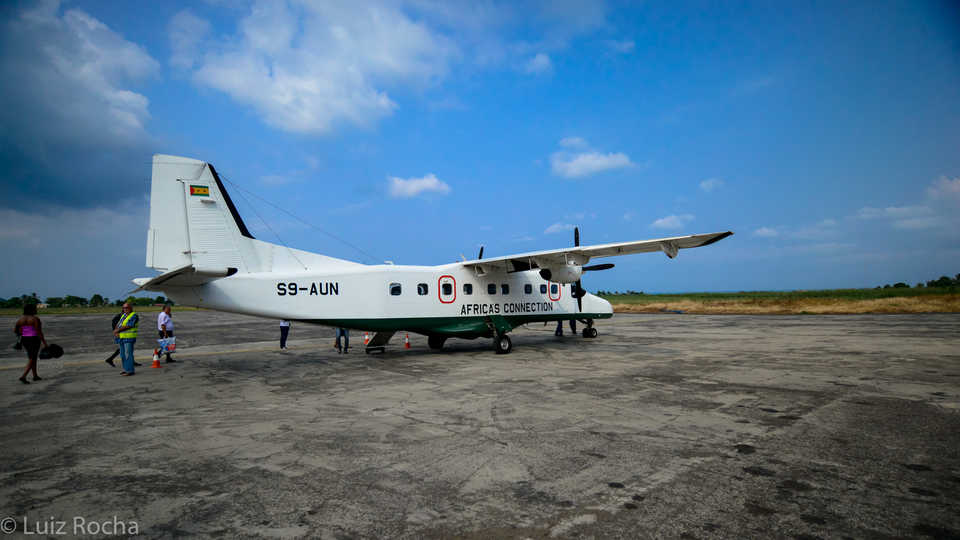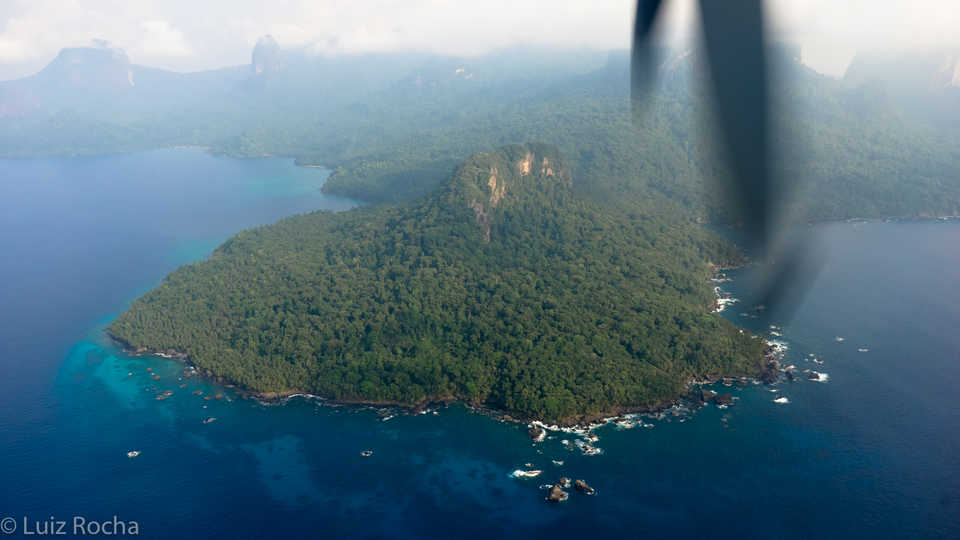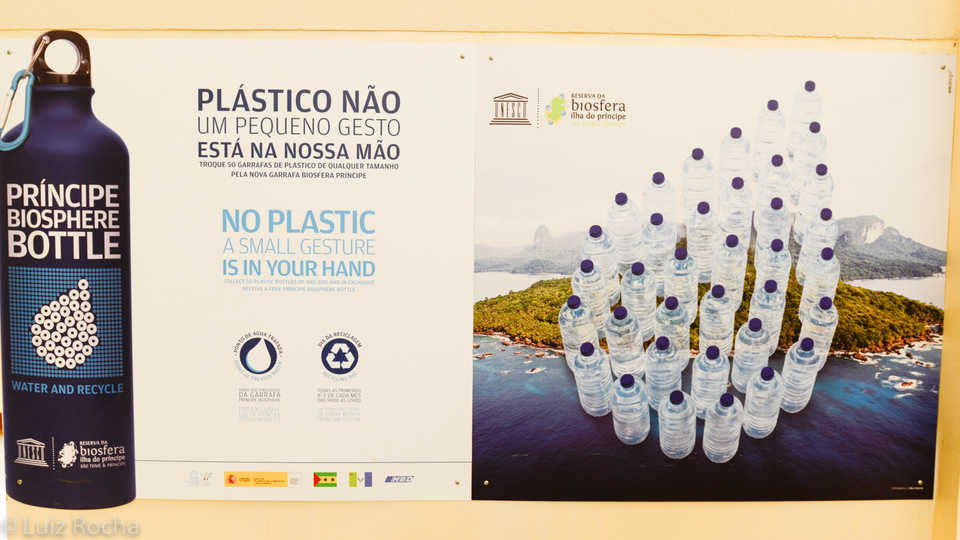This month a team from the Academy, Universidade Federal Fluminense and Universidade Federal de Santa Catarina embarked in an expedition to the little known island of Principe. This is one of two major islands in the small African country of Sao Tome and Principe, Gulf of Guinea. Our team of seven comes from Brazil, Sao Tome, and the US: Carlos Eduardo "Cadu" Ferreira, Sergio Floeter, Joao Luiz Gasparini "Gaspa", Renato Morais, Luisa Fontoura, Sao Tome native Hugulay Maia and myself.
The journey is long for both teams. Cadu and I are leaving from the US and meet up at the Newark airport heading to Lisbon. Because of mismatched flight times, we had to overnight in Lisbon, and fly only the next day to Sao Tome, the only major airport that gives you access to Principe (on small prop planes). When we arrive in Sao Tome it is again too late to make the connection to Principe, so we have to overnight there as well and in total our journey takes almost four days!
The rest of the team is coming from Brazil through a different route. They are flying directly into Cape Verde, and from Cape Verde to Sao Tome. Their journey is also long and they decide to spend two days in Cape Verde to check the waters.
The arrival in Sao Tome brings Cadu and I many memories. Both of us (along with Sergio and Gaspa) came here in 2006, and our expedition at that time resulted in the most recent checklist of fishes for the region. But this will be everyone first time in Principe and excitement is in the air. Since Principe is 150km away from Sao Tome, we expect to find differences, but more importantly, we want to compare the fish community from today to what we observed 10 years ago as there are many reports that fishing grew exponentially over this period.
When we leave the airport, Hugulay is waiting for us to take us to the hotel where we will overnight. After getting settled, the first order of business is to meet with Victor Bonfim, the Director of Conservation for the country. Victor explains to us that his department is trying to establish a network of marine protected areas, but data to determine where and how large these areas should be is sorely needed. He shows us a report from an European NGO and explains that he needs more data, and we tell him that this is what we are here for.
After the meeting with Victor, we head back to the airport for our last leg on the trip: a half hour propeller plane ride to Principe. The flight was surprisingly smooth (severe turbulence is common on the route due to large storms over this equatorial country), and upon landing we meet Tony Driscoll, one of our hosts in Principe. Tony works Roça Belo Monte Hotel, and without their support we wouldn't be here. The hotel owners are very supportive of conservation projects, built a special housing dedicated to scientists along with a lab, and have special rates for us. We couldn't ask for better.
When we arrive at the airport we are pleasantly surprised to see several announcements of conservation program in the island of Principe, which was recently designated a UNESCO Biosphere Reserve. I am particularly happy about the campaign to decrease the use of plastics, which inevitably end up in the ocean and pollute it for centuries.
After a short car ride to the hotel, we quickly settle in, but it is now late afternoon and we have to wait until tomorrow before our first dive, and the arrival of the second wave of the team. Stay tuned for an update and many more photos after our first dives over the next few days!
This expedition is supported by the California Academy of Sciences, William K. Bowes, Jr. Foundation, Roça Belo Monte Hotel and the Rufford Foundation.
For more pictures and updates, follow @CoralReefFish on Twitter and Instagram!



